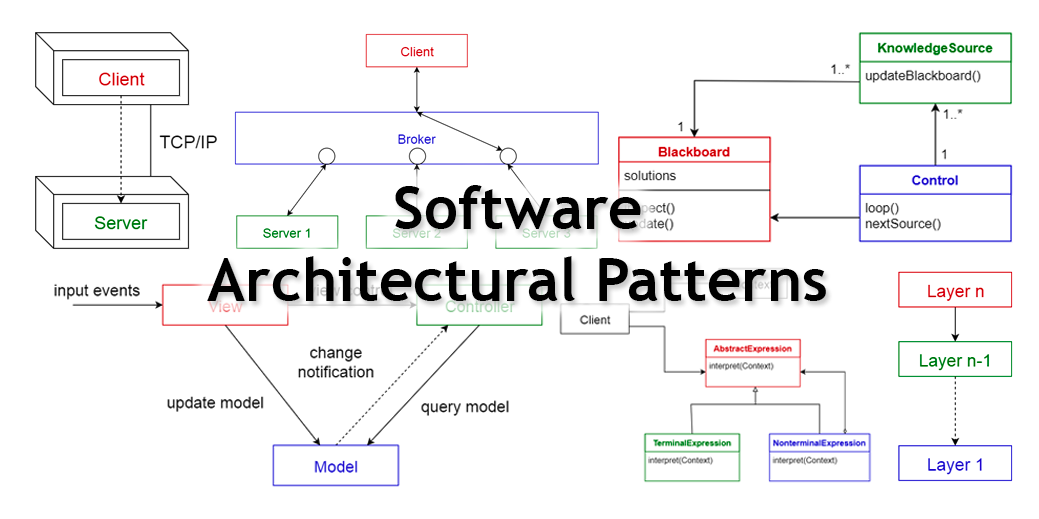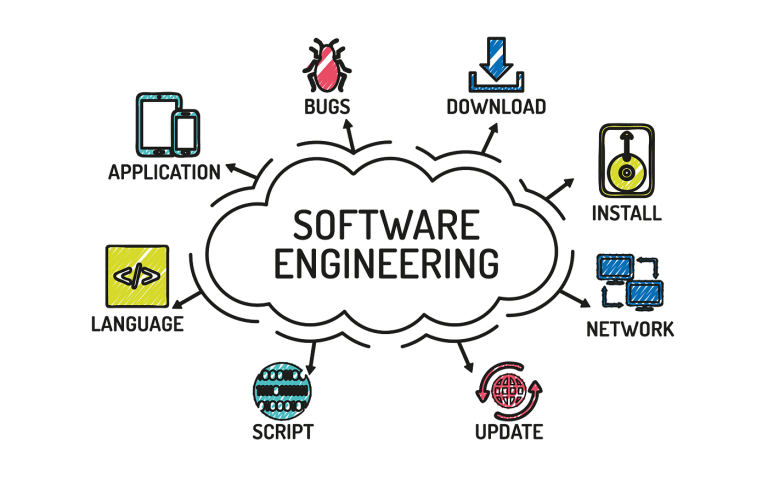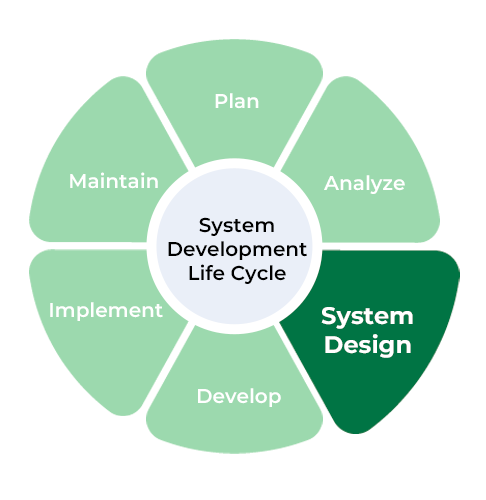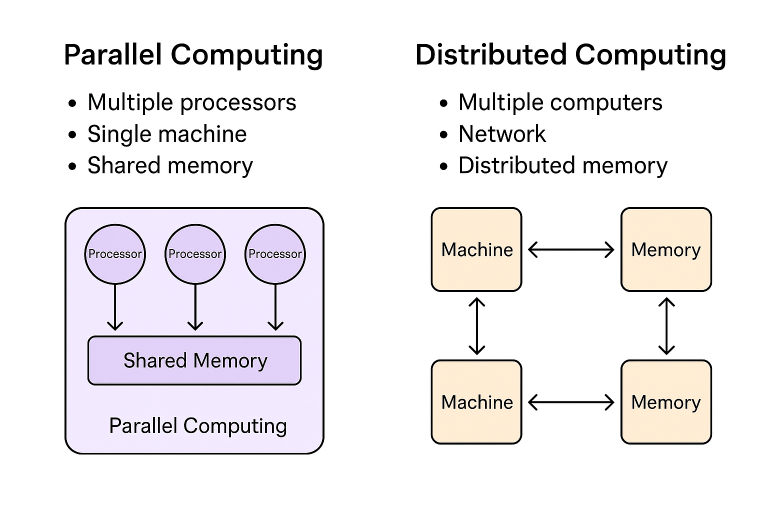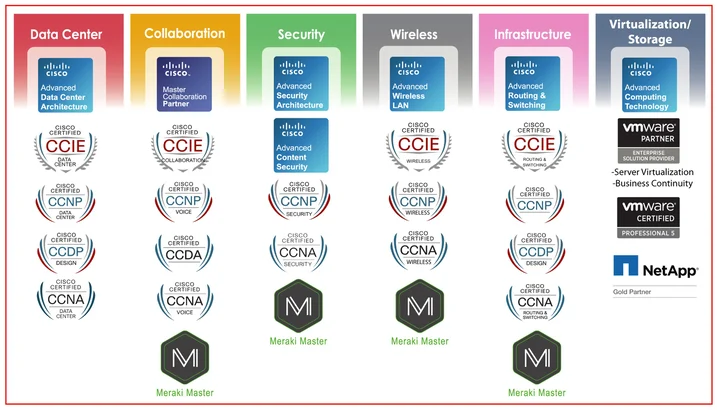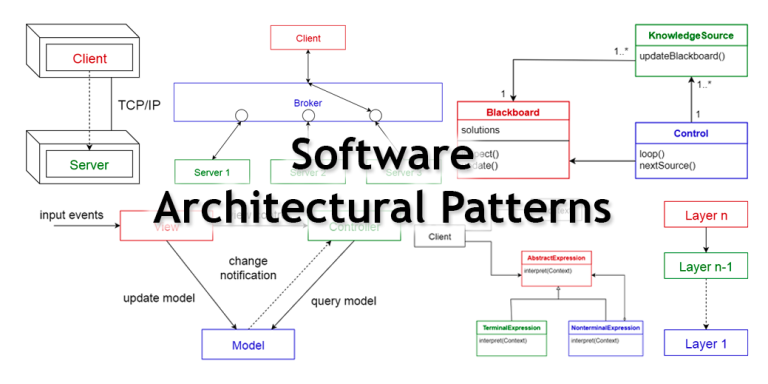In the vast field of software development, Software Architecture, Software Engineering, and Software Design are foundational concepts that are closely interrelated but serve distinct roles. Understanding their differences and how they interact is crucial for building reliable, scalable, and maintainable software systems. This article compares these three domains to clarify their purposes, scopes, and contributions to the software development lifecycle.
1. Software Engineering
Definition:
Software Engineering is the application of engineering principles to the development of software. It encompasses all aspects of software production — from system specification and design to implementation, testing, deployment, and maintenance.
Key Focus Areas:
- Software Development Processes (e.g., Agile, Waterfall, DevOps)
- Requirements Engineering
- Project Management
- Quality Assurance and Testing
- Maintenance and Evolution
Role:
Software engineering acts as the umbrella discipline that governs the methodologies, tools, and practices used to create software. It ensures the end product is efficient, meets user needs, and is developed within constraints like time and budget.
2. Software Architecture
Definition:
Software Architecture refers to the high-level structure of a software system. It defines how different components and modules interact, the technologies used, and the guiding principles for system organization.
Key Focus Areas:
- System Structure and Organization
- Component Interaction
- Scalability, Performance, and Reliability
- Technology Stack and Tooling Decisions
- Architectural Patterns (e.g., Microservices, MVC, Event-Driven)
Role:
Architecture serves as the blueprint of the software system. It focuses on long-term goals, strategic decisions, and ensuring the system can evolve. It addresses the what and how at a high level, often before the system is fully implemented.
3. Software Design
Definition:
Software Design is concerned with the detailed plan of software components and their interactions within the system’s architecture. It bridges the gap between requirements and implementation.
Key Focus Areas:
- Class Diagrams, Sequence Diagrams
- Design Patterns (e.g., Singleton, Factory)
- Object-Oriented Design
- Data Flow and Control Flow
- Low-Level Structure and Code Organization
Role:
Design focuses on creating models and detailed plans for how each module or component will be implemented. It answers the how at a lower level than architecture and guides developers during coding.
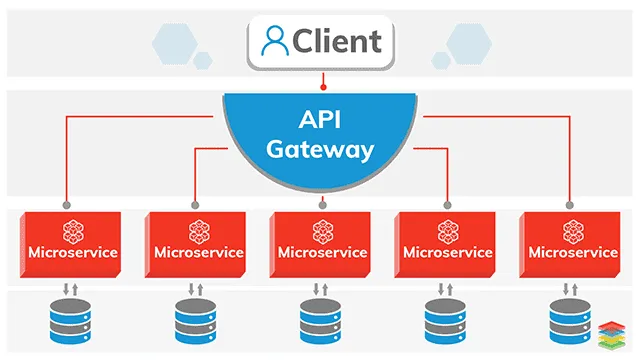
Key Differences at a Glance
| Aspect | Software Engineering | Software Architecture | Software Design |
|---|---|---|---|
| Scope | Broad (includes architecture and design) | High-level system blueprint | Mid- to low-level module planning |
| Focus | Process, quality, and management | Structure and technology decisions | Component interaction and code structure |
| Abstraction Level | Varies (high to low) | High | Medium to low |
| Deliverables | Requirements docs, test plans, project plans | Architectural diagrams, technology stack | Design diagrams, code templates |
| Stakeholders | Engineers, managers, clients | Architects, senior developers | Developers, testers |
Relationship Between the Three
These three disciplines are layered and interdependent:
- Software Engineering sets the stage by defining the goals, process, and requirements.
- Software Architecture provides a structural framework that supports those goals.
- Software Design implements the architecture through concrete components and modules.
Each role informs and supports the others. A well-architected system may fail if poorly designed, and great designs may not matter if the engineering process is flawed.
While Software Engineering, Software Architecture, and Software Design share overlaps, they operate at different levels of abstraction and focus on different aspects of software development. Understanding these differences helps professionals collaborate effectively, make informed decisions, and build robust software systems. Together, they form the foundation of modern software development.
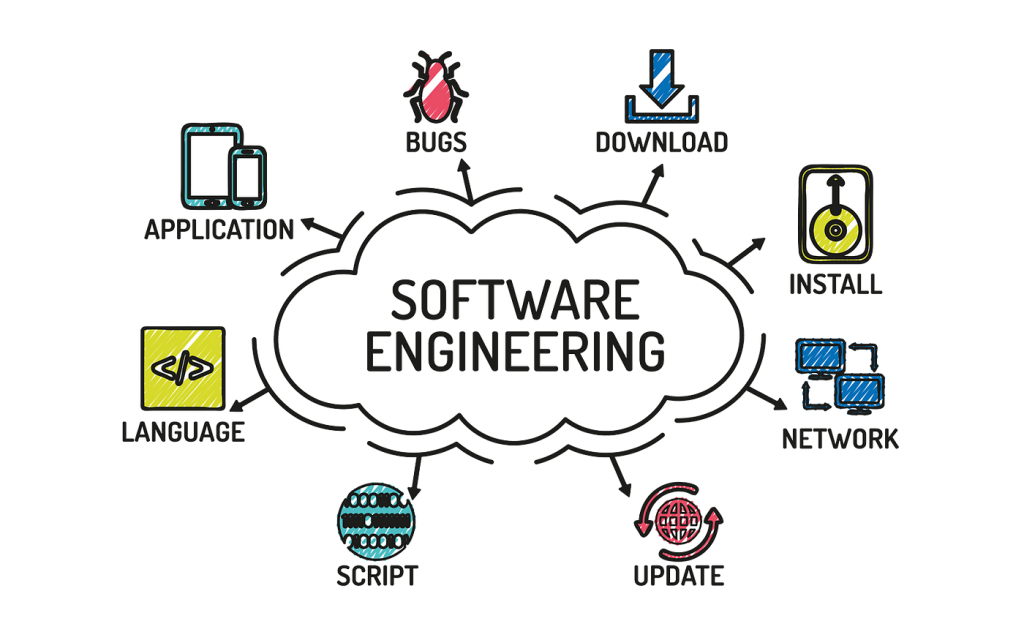
Similarity of Software Engineering, Software Architecture, and Software Design
They are part of the same family within the domain of software development, and they share several important similarities despite their different scopes and roles.
1. Shared Objective: Building Quality Software
All three aim to produce functional, reliable, maintainable, and efficient software systems that meet user needs and business goals.
2. Iterative and Collaborative Nature
- These disciplines often follow iterative development cycles (especially in Agile or DevOps environments).
- They require collaboration among team members — engineers, architects, designers, testers — to ensure consistency and coherence in the system.
3. Use of Abstraction
- Each discipline uses abstraction to manage complexity.
- Engineering abstracts the development process.
- Architecture abstracts the system structure.
- Design abstracts internal components and logic.
4. Documentation and Communication
- All three produce artifacts (documents, diagrams, specifications) to:
- Facilitate communication among stakeholders.
- Guide implementation and decision-making.
- Serve as references during maintenance.
5. Influence Each Other
- Software Architecture guides Software Design.
- Software Design must align with the architecture.
- Both are governed by the processes and quality metrics of Software Engineering.
6. Concerned with Quality Attributes
Each discipline addresses software quality attributes like:
- Scalability
- Performance
- Security
- Maintainability
- Modularity
The difference lies in the level at which they address them:
- Engineering: overall process and delivery.
- Architecture: system-wide qualities.
- Design: component-level qualities.
7. Methodology Integration
They are often integrated within software development methodologies such as:
- Agile (Scrum, XP)
- Waterfall
- Spiral
- V-Model
Each phase or role within these methodologies touches on engineering, architecture, and design.
Summary of Similarities:
| Aspect | Shared by All |
|---|---|
| Goal | Deliver high-quality software |
| Method | Iterative and collaborative |
| Technique | Use of abstraction and modeling |
| Output | Documentation, diagrams, plans |
| Focus on | Software quality and maintainability |
| Interdependency | Yes — each feeds into the next |
In essence, Software Engineering, Architecture, and Design can be viewed as layers of the same discipline, each zooming in from broad processes to specific implementations. Their strong interconnection and mutual reinforcement are key to building successful software.
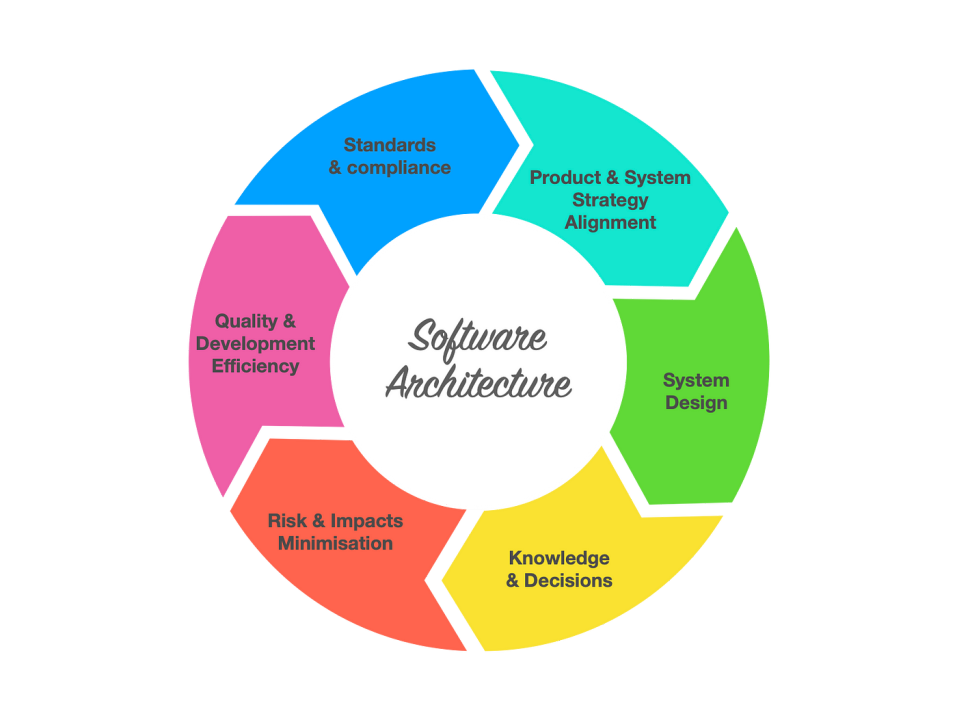
Software Engineering Standards & Frameworks
1. ISO/IEC/IEEE 90003:2018
This standard offers guidelines for applying ISO 9001:2015 to computer software, focusing on quality management systems in software engineering. (ISO)
2. IEEE Code of Ethics and Professional Practice
A set of eight principles guiding the behavior and decisions of professional software engineers, emphasizing integrity, responsibility, and public interest. (IEEE TechEthics)
3. Capability Maturity Model Integration (CMMI)
A process level improvement training and appraisal program that helps organizations improve their software development processes.
Software Architecture Standards & Frameworks
1. ISO/IEC/IEEE 42010:2011
This standard defines the requirements for architecture descriptions of systems and software, providing a framework for expressing, communicating, and reviewing architectures.(vedcraft.com)
2. The Open Group Architecture Framework (TOGAF)
A comprehensive framework for enterprise architecture that provides an approach for designing, planning, implementing, and governing enterprise information architecture. (www.opengroup.org)
3. Zachman Framework
An enterprise ontology and fundamental structure for enterprise architecture, providing a formal and structured way of viewing and defining an enterprise.
Software Design Standards & Guidelines
1. ISO/IEC 25010:2011
This standard defines a quality model for software products, specifying eight quality characteristics and their sub-characteristics to evaluate software design.(GeeksforGeeks)
2. Coding Standards and Guidelines
Best practices for writing clean, maintainable, and efficient code, including naming conventions, code formatting, and documentation standards.
3. Design Patterns
Reusable solutions to common software design problems, such as the Singleton, Factory, and Observer patterns, which provide templates for designing robust software components.
Security and Compliance Frameworks
1. Secure Software Development Framework (SSDF) by NIST
A set of practices for integrating secure software development practices into each stage of the software development lifecycle. (NIST Computer Security Resource Center)
2. OWASP Application Security Verification Standard (ASVS)
A framework for testing web application security controls and providing developers with a list of requirements for secure development.(wiz.io)
3. ISO/IEC 27001
An international standard for managing information security, providing requirements for establishing, implementing, maintaining, and continually improving an information security management system.(NIST)
📚 Additional Resources
- NIST Cybersecurity Framework
A voluntary framework consisting of standards, guidelines, and best practices to manage cybersecurity-related risk. (NIST) - ISACA Frameworks and Models
Provides guidance on IT governance, risk management, and compliance, including frameworks like COBIT and Risk IT. - Microsoft Azure Well-Architected Framework
Offers a set of guiding tenets to improve the quality of workloads, focusing on cost optimization, operational excellence, performance efficiency, reliability, and security. (Microsoft Learn)
These standards and frameworks are essential for professionals aiming to ensure that their software systems are robust, secure, and aligned with industry best practices.

